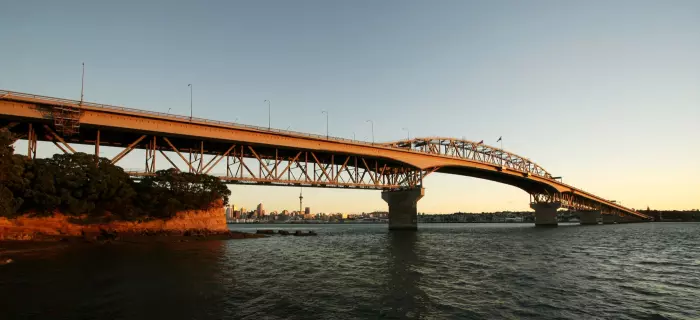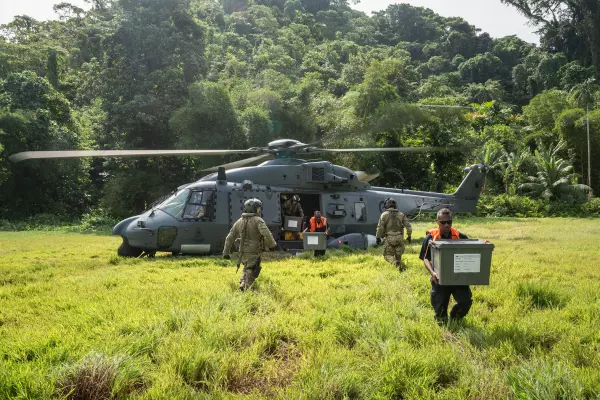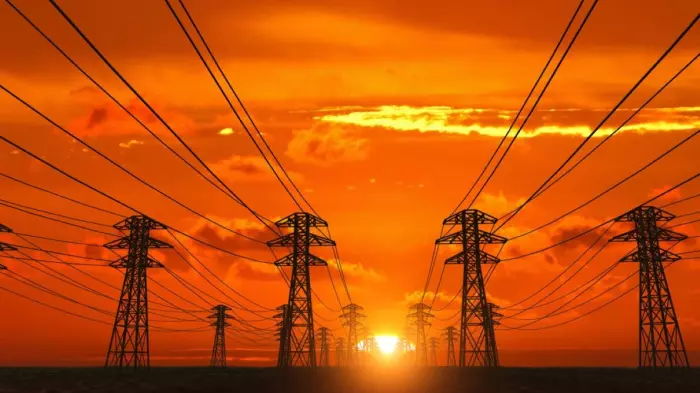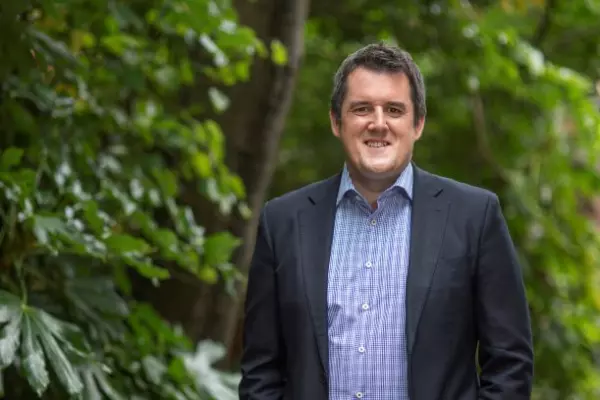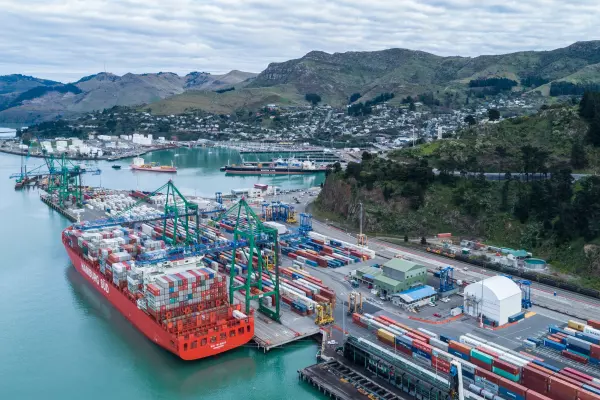The government has allocated $60 million from other projects, including Auckland's abandoned $785m cycling and walking bridge into plans for another Waitematā harbour crossing.
Transport minister Michael Wood said Waka Kotahi NZ Transport and the Auckland Council were developing the business case and evaluating property acquisitions to support an alternative crossing to the 62-year-old harbour bridge.
The original four lane, one kilometre bridge was overwhelmed by traffic within its first 10 years. The city's solution was to add four additional ‘clip on’ lanes in 1969. Those were upgraded in 1984 to contend with growing traffic congestion.
In pre-covid 2019, about 170,000 vehicles crossed the bridge daily, including about 1,000 buses which carried more than a third of all commuters to and from the north shore.
Wood told an Infrastructure New Zealand symposium the initial scope, to be finalised next year, will include an “interim solution” until the main piece of infrastructure is developed.
He said the project is also planned for the post-2030 period, but “we will be looking to see how we can reasonably accelerate that.”
As with much of the planning under the Auckland Transport Alignment Project (ATAP) 10-year funding programme, the harbour crossing will be a mass rapid transit solution.
Tunnel and rail
It will also be integrated with the city centre to the Māngere corridor and northwestern mass transit connection, he said. That's in line with the recommendations of the Auckland light rail proposal.
An earlier study for another major Auckland crossing, by Australian engineering firm Sinclair Knight Merz (SKM) in 2008, recommended constructing four tunnels, two for trains and two for the motorway east of the existing bridge.
The report said the use of tunnels would give flexibility and future proof links with a future CBD loop rail tunnel – the $4.6 billion City Rail Link. SKM then estimated the cost of the package at between $3.7b and $4.1b.
A transport policy statement by National last year picked up on that plan, suggesting work on the tunnels could start by 2028, at a cost of about $5b.
National said that could be funded through the national land transport fund and by allowing Waka Kotahi to borrow an additional $1b annually against its balance sheet.
Auckland University of Technology construction management professor John Tookey said the crossing is likely to be a tunnel, using the existing bridge and road construction, and catering for specific freight and commuter requirements, as a "starting point".
Take a breath
“Auckland’s heading for more than 2 million residents by 2050, about 40% of New Zealand’s population. So that’s a frightening prospect when you consider our infrastructural challenges.”
Tookey said any cost estimates for the major chunk of infrastructure will be difficult, given the geopolitical issues emerging out of China, inflationary aspects of covid and increasing logistics, transport and material costs.
That could easily add 2% to 3% to annual inflation from now until the crossing is built.
“Everybody thinks about the cost of building something. But with major infrastructure like airports or transport, you need to think about the cost of not doing it and not worry about cost/benefit. As a country, we just sometimes need to take a deep breath and get on with it.”


